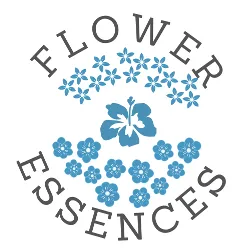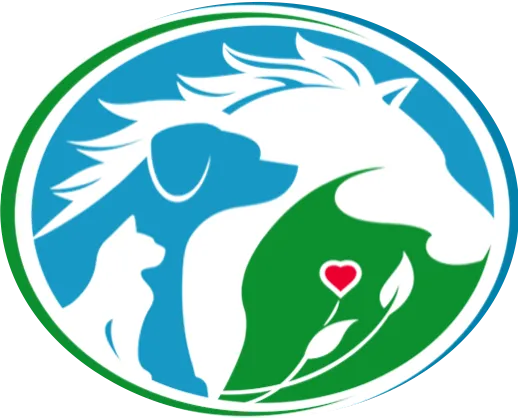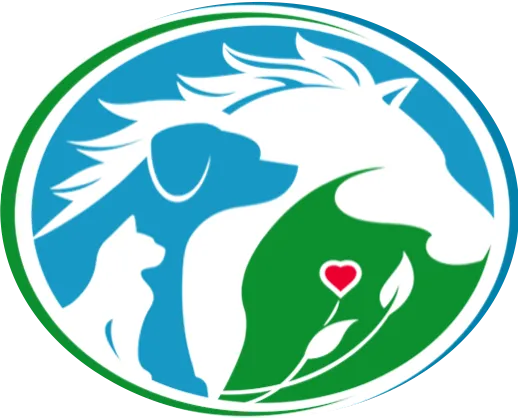Cats, Dogs, Horses, Small Pets, Birds, Poultry & Reptile
(How to Use with Fish is below)
read our pet testimonials & articles about
Pint-sized Well-being Bliss

How to Take Care of a Chinchilla
Essential Tips for Caring for Chinchillas
Chinchillas, with their silky-soft fur and playful personalities, have become increasingly popular as pets. Native to the Andes Mountains, these unique rodents require specialized care to thrive in a domestic setting. Whether you're considering adopting your first chinchilla or looking to enhance your knowledge as an experienced owner, this guide will provide valuable insights into their history and care.
A Brief History of Chinchillas as Pets
Chinchillas originated in South America, where they thrived in the high-altitude regions of the Andes. Revered for their incredibly dense and soft fur, these animals were heavily hunted for their pelts in the early 20th century, leading to a significant decline in their wild populations.
In the 1920s, a mining engineer named Mathias F. Chapman brought a small group of chinchillas to the United States with the goal of breeding them for conservation and fur farming. Over time, people began to recognize their potential as companion animals, and chinchillas transitioned from being valued solely for their fur to becoming beloved pets worldwide.
Tips for First-Time Chinchilla Owners
If you’re new to chinchilla ownership, here are the fundamentals to keep in mind:
1. Provide the Right Habitat
Chinchillas are active and love to climb. A spacious, multi-level cage with solid platforms, ramps, and plenty of ventilation is essential. Wire-bottom cages can hurt their sensitive feet, so ensure the floors are solid. Include hiding spots, such as wooden boxes or tunnels, to help them feel secure.
2. Maintain a Cool Environment
Chinchillas are prone to overheating due to their dense fur. Keep their habitat in a cool, dry room with a temperature between 60–70°F. Avoid placing the cage in direct sunlight or near heating vents.
3. Offer a Proper Diet
A chinchilla’s diet should consist mainly of high-quality hay, such as timothy or orchard grass, which aids in digestion and dental health. Supplement with chinchilla-specific pellets and occasional treats like dried rose hips or small pieces of apple. Fresh water should always be available in a bottle with a sipper tube.
4. Schedule Regular Dust Baths
Unlike most pets, chinchillas clean themselves by rolling in dust. Offer a chinchilla-specific dust bath 2–3 times a week in a shallow container. This helps remove excess oil and dirt from their fur. Avoid over-bathing, as it can dry out their skin.
5. Socialization and Interaction
Chinchillas are naturally social but can be skittish at first. Spend time near their cage and let them approach you. Handle them gently to build trust. Be patient, as it may take time for your chinchilla to feel comfortable.
Tips for Intermediate Chinchilla Owners
Once you’ve mastered the basics, you can focus on enhancing your chinchilla’s quality of life:
1. Enrich Their Environment
Provide toys made of safe materials like untreated wood, pumice stones, or woven hay to keep them entertained and prevent boredom. Rotate toys regularly to maintain their interest.
2. Ensure Proper Dental Care
A chinchilla’s teeth grow continuously, so chewing is vital for keeping them at a healthy length. Offer chew toys and hay to support their dental health. Keep an eye out for signs of dental problems, such as difficulty eating or drooling.
3. Respect Their Nocturnal Nature
Chinchillas are most active during dawn and dusk. Schedule playtime during these hours to align with their natural rhythm. Provide a quiet, dim environment during the day to let them rest.
4. Introduce Companionship Carefully
Chinchillas are social animals but introducing a new companion requires caution. Use a gradual process, such as housing the new chinchilla in a separate cage nearby before supervised interactions. Ensure both animals are healthy and monitor for signs of aggression.
5. Monitor Health Regularly
Chinchillas are prone to health issues such as dental problems, gastrointestinal stasis, and respiratory infections. Watch for changes in eating habits, weight loss, or unusual behavior. Schedule regular check-ups with an exotic pet veterinarian.
Common Challenges and Solutions
1. Shedding and Fur Slips
Chinchillas can shed patches of fur when stressed or handled roughly. Always use a gentle approach when picking them up and avoid sudden movements.
2. Chewing Behavior
Chinchillas love to chew, and sometimes this extends to furniture or cage accessories. Provide plenty of safe, chewable items to redirect their natural behavior.
3. Escaping
Chinchillas are quick and agile, making them excellent escape artists. Always supervise them during playtime and secure their habitat properly.
4. Overheating
Chinchillas cannot sweat and are highly sensitive to heat. Signs of overheating include lethargy, drooling, and reddened ears. If this occurs, move them to a cooler area and consult a vet immediately.
The Joys of Chinchilla Ownership
Caring for a chinchilla can be a deeply rewarding experience. These endearing animals are full of personality, from their playful antics to their affectionate interactions with their owners. Watching a chinchilla take a dust bath or bounce around their cage is sure to bring a smile to your face.
Conclusion
Chinchillas are unique pets that require a dedicated owner willing to meet their specific needs. From their fascinating history as animals prized for their fur to their role as loving companions, chinchillas have a lot to offer.
By understanding their care requirements and committing to their well-being, you can ensure your chinchilla enjoys a long, healthy, and happy life. Whether you’re just starting out or expanding your knowledge, the effort you put into caring for your chinchilla will be well worth it as you build a special bond with these delightful creatures.
Calm Animal Solutions is bringing gentle, natural calming support to animals everywhere —
because we believe every animal deserves to feel safe, known, and supported.
A Trained Animal Communicator Connects with Your Pet
With every order, a trained animal communicator connects with your pet to choose the right blend of flower essences
(e.g. Bach Flower Essences) for calming their anxiety. Custom blended flower essences are natural pet calming products.






Calm Animal Solutions
Calm Animal Solutions offers customized, natural remedies for dog anxiety, and are calming for cats. Plus, we create blends for horses, small animal pets, birds, poultry, reptiles, and fish.
Flower Blends
CustomBlends4U
©2025, Catherine Winfree. All rights reserved.
Mandatory FDA Notice: The statements made regarding Calm Animal Solutions have not been evaluated by the Food and Drug Administration. These products are not intended to diagnose, treat, cure, or prevent any animal disease. Although the ingredients in Calm Animal Solutions are generally regarded as safe, you are encouraged to consult your veterinary before using any essence product (such as Bach Flower Essences, for example).
Bringing gentle, natural calming support to animals everywhere —
because every animal deserves to feel safe, known, and supported.
A Trained Animal Communicator Connects with Your Pet
With every order, a trained animal communicator connects with your pet to choose the right blend of flower essences (e.g. Bach Flower Essences) for calming their anxiety. Custom blended flower essences are natural pet calming products.





Mandatory FDA Notice: The statements made regarding Calm Animal Solutions have not been evaluated by the Food and Drug Administration. These products are not intended to diagnose, treat, cure, or prevent any animal disease. Although the ingredients in Calm Animal Solutions are generally regarded as safe, you are encouraged to consult your veterinary before using any essence product.

Home | Contact | Terms | Privacy Policy | About Catherine
©2025, Catherine Winfree. All rights reserved.


